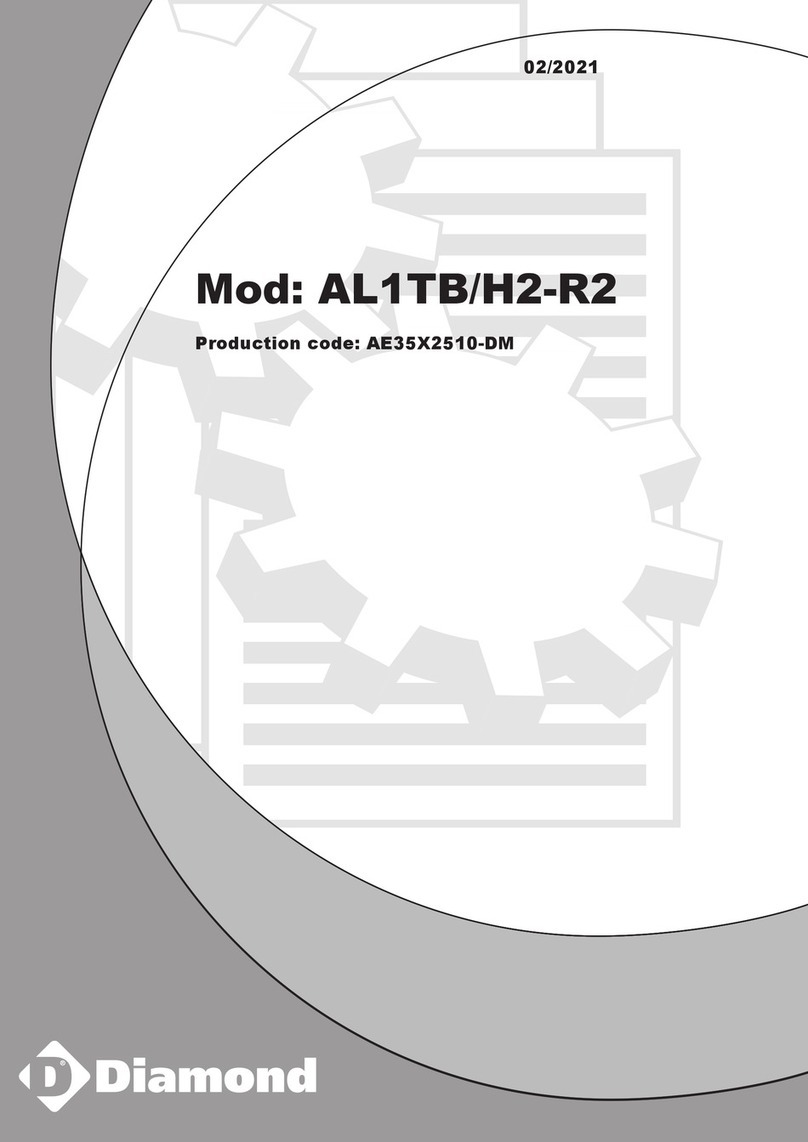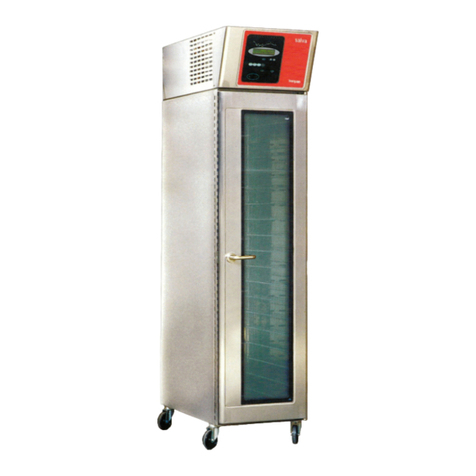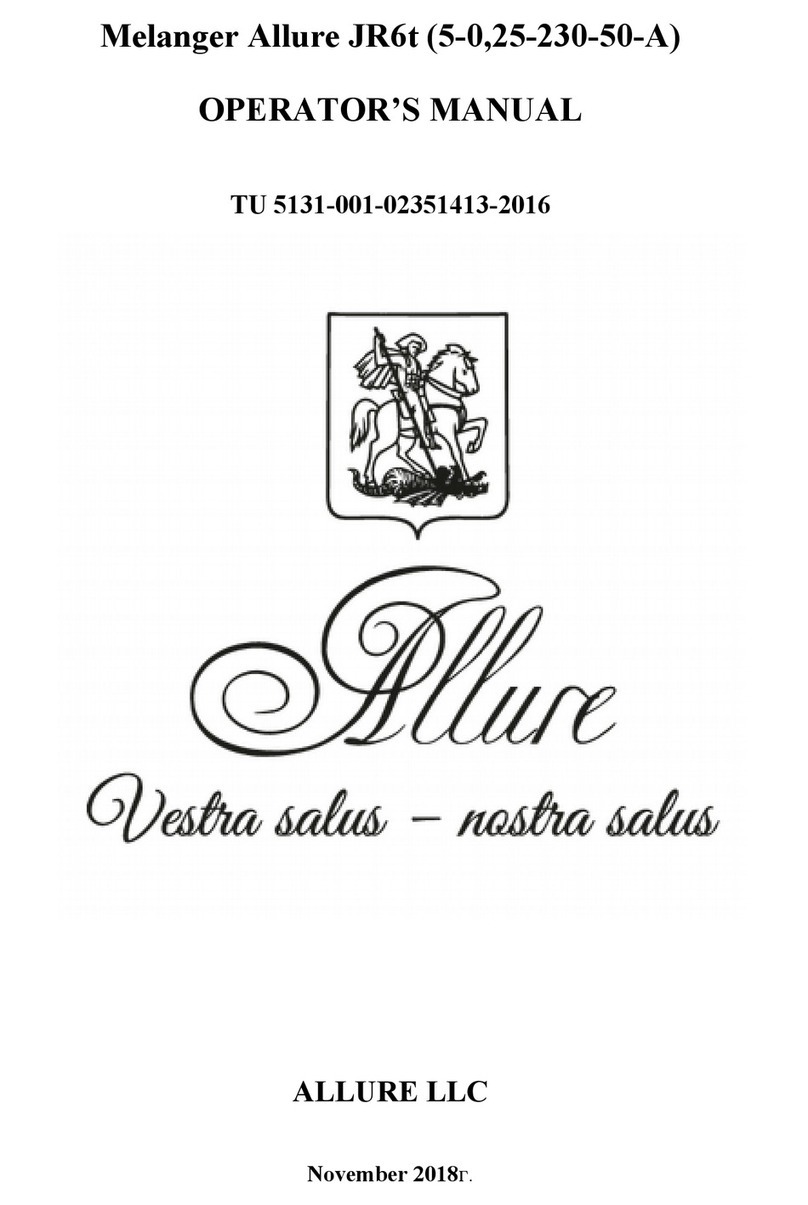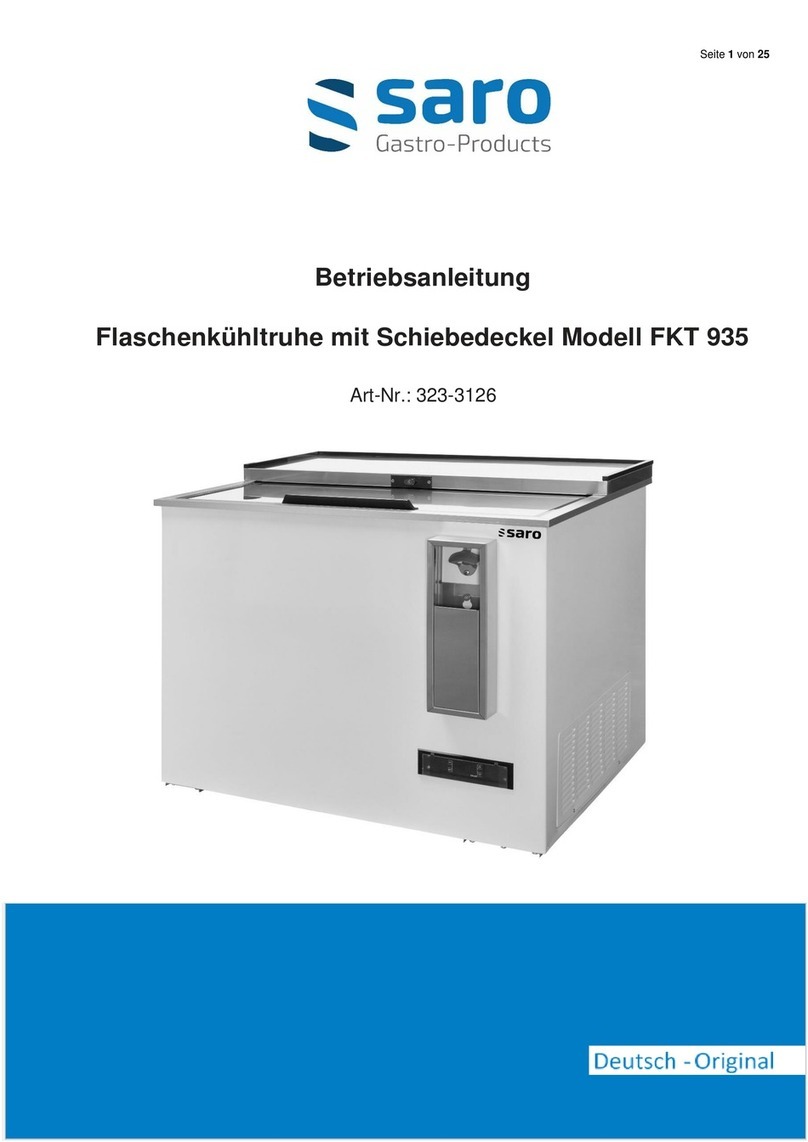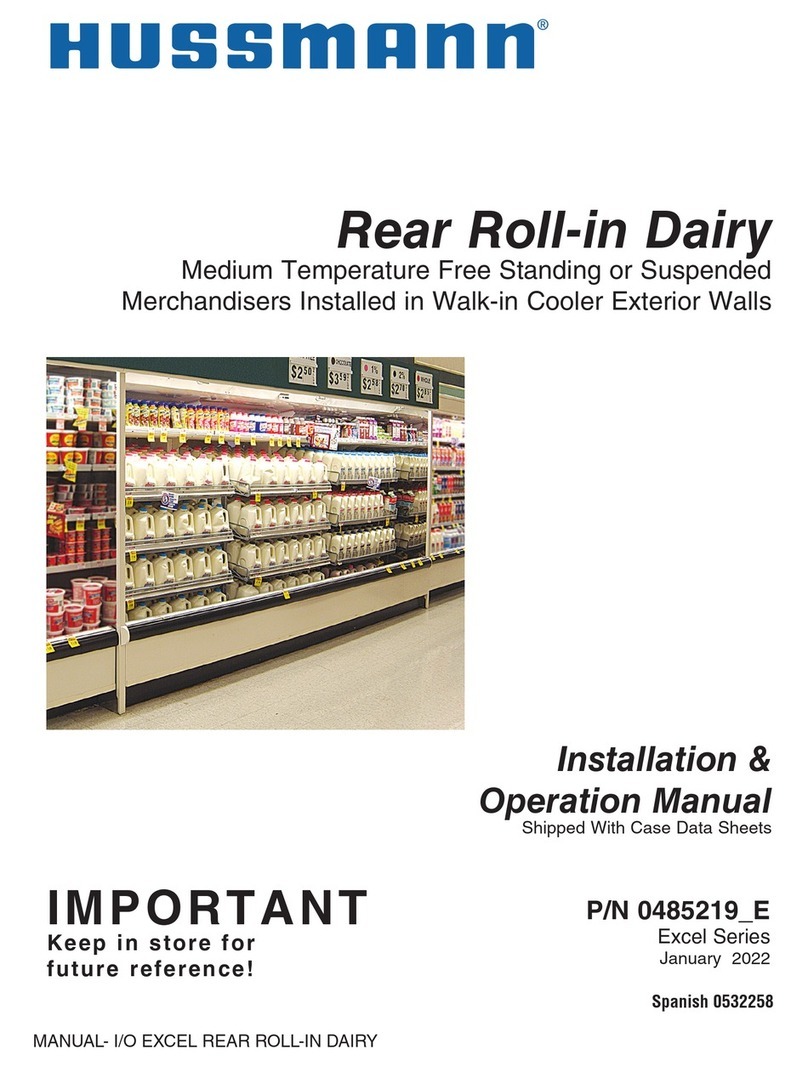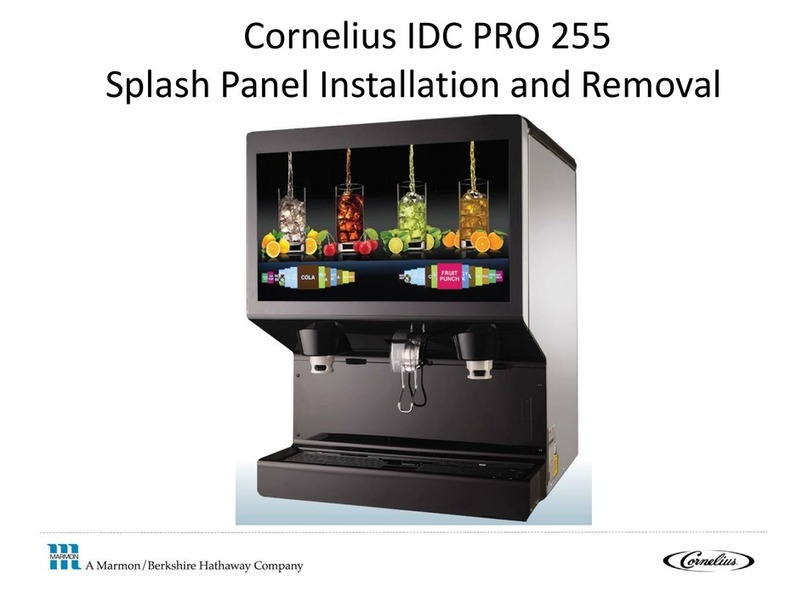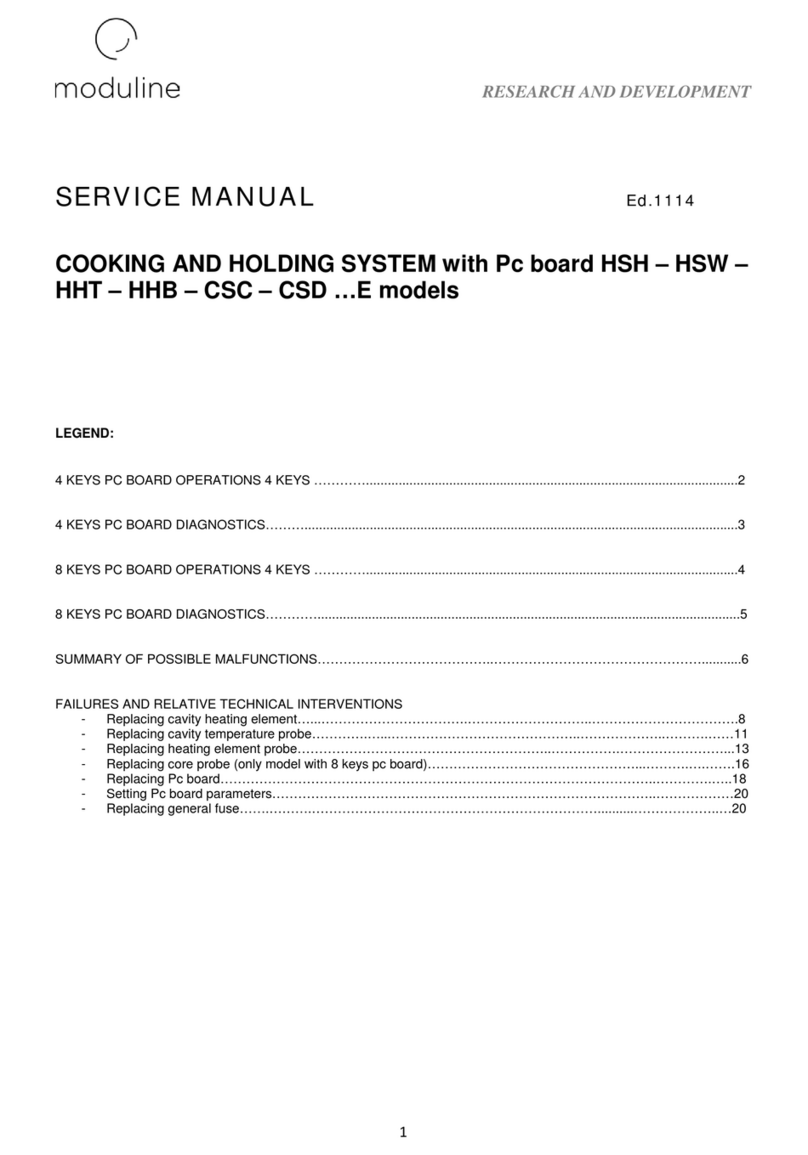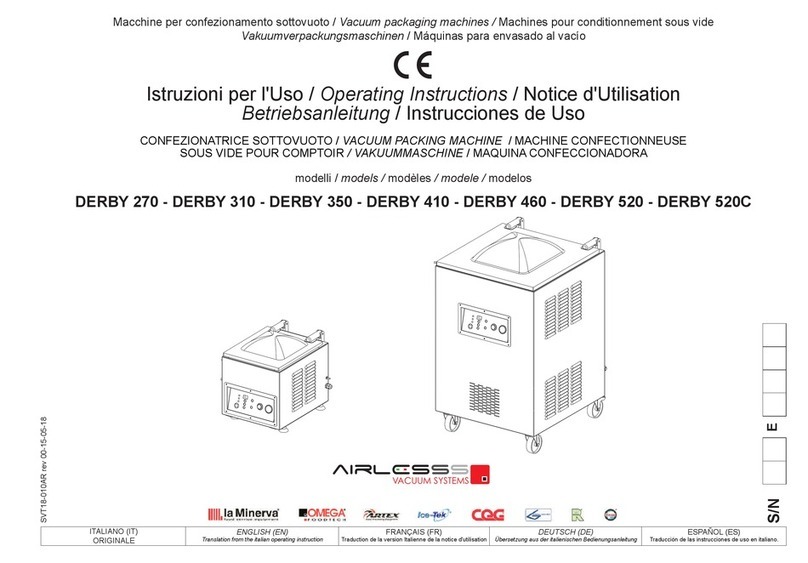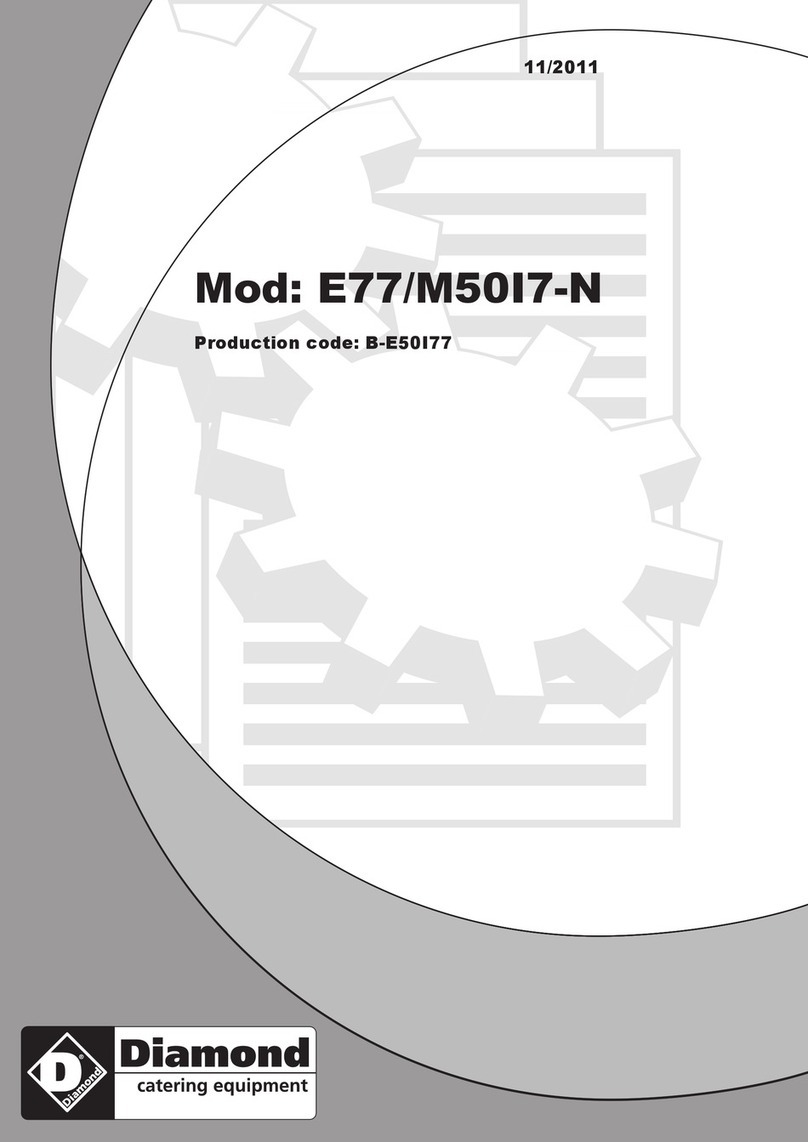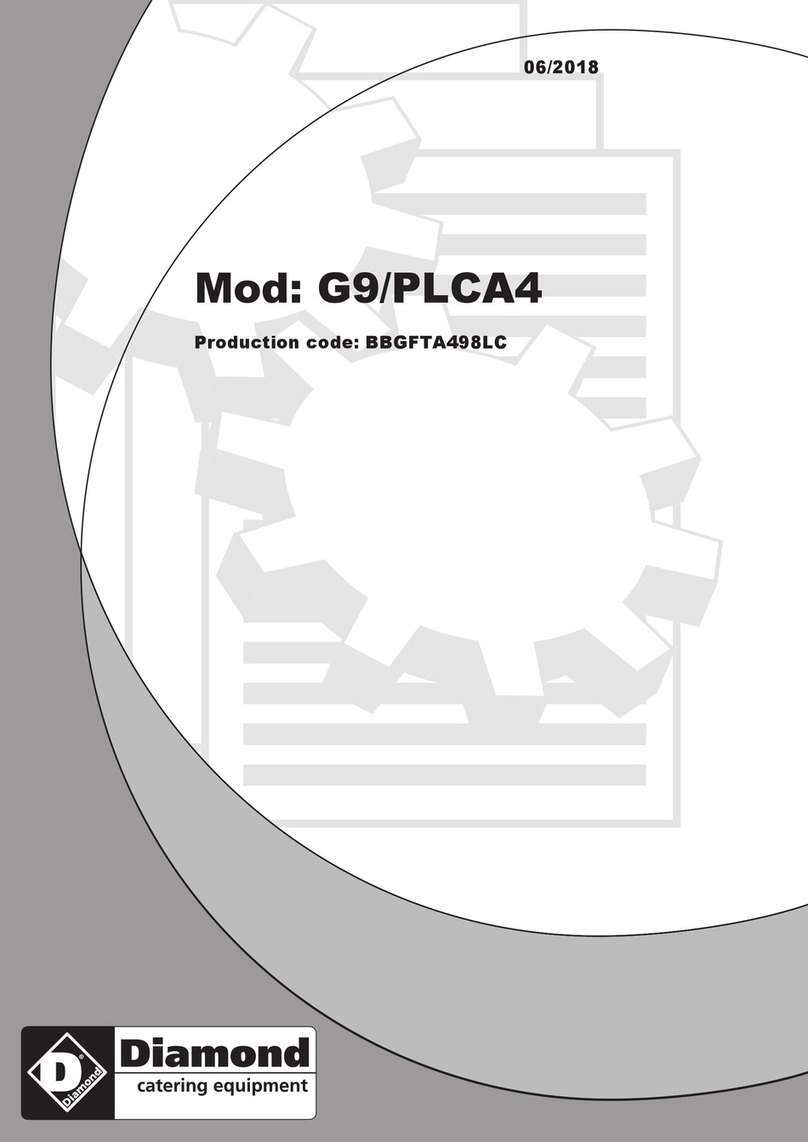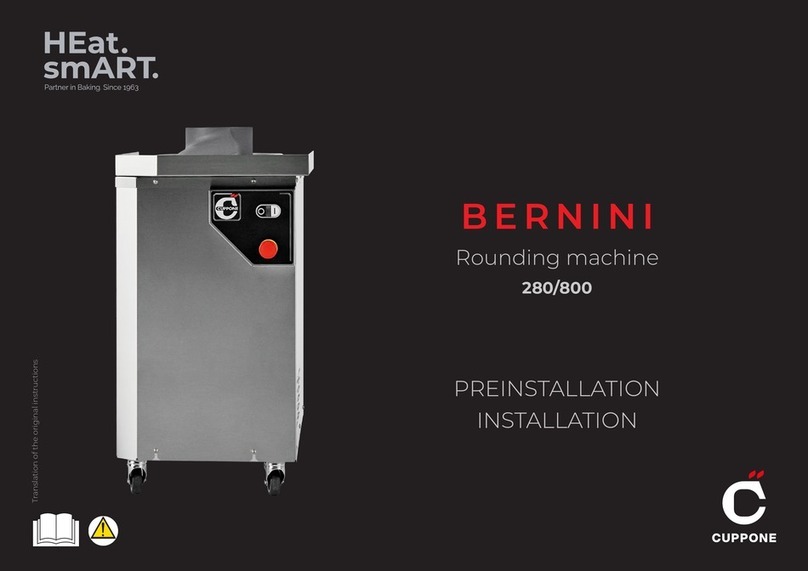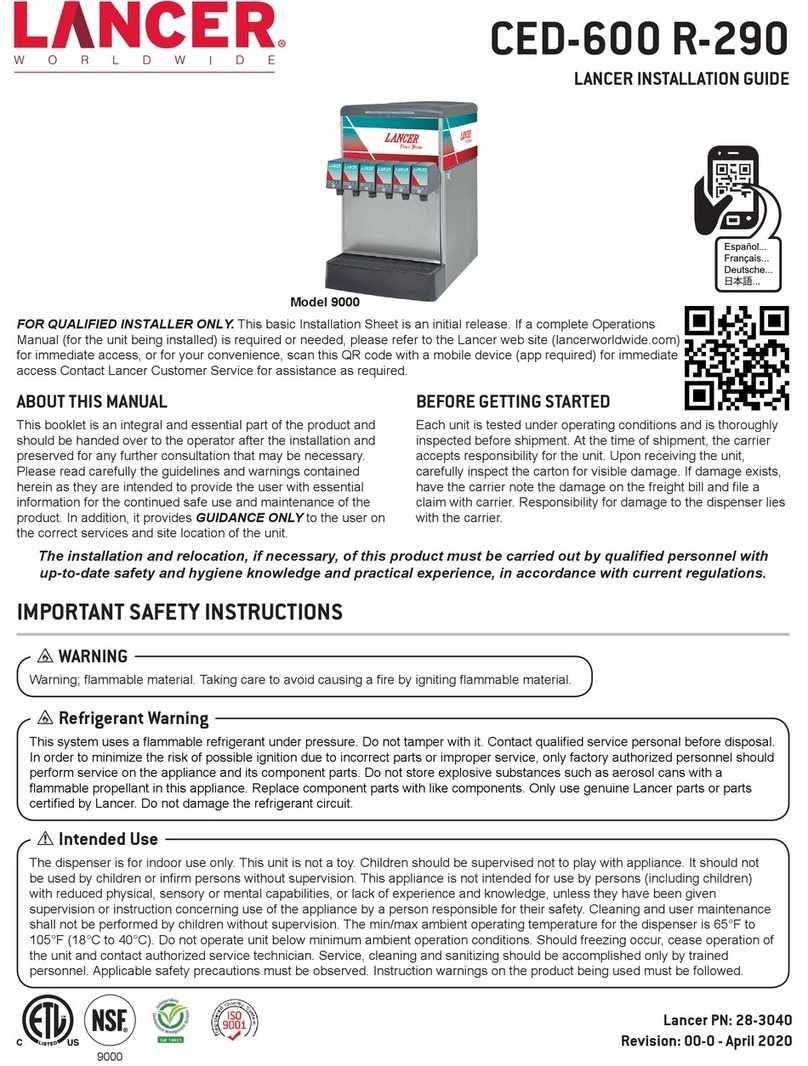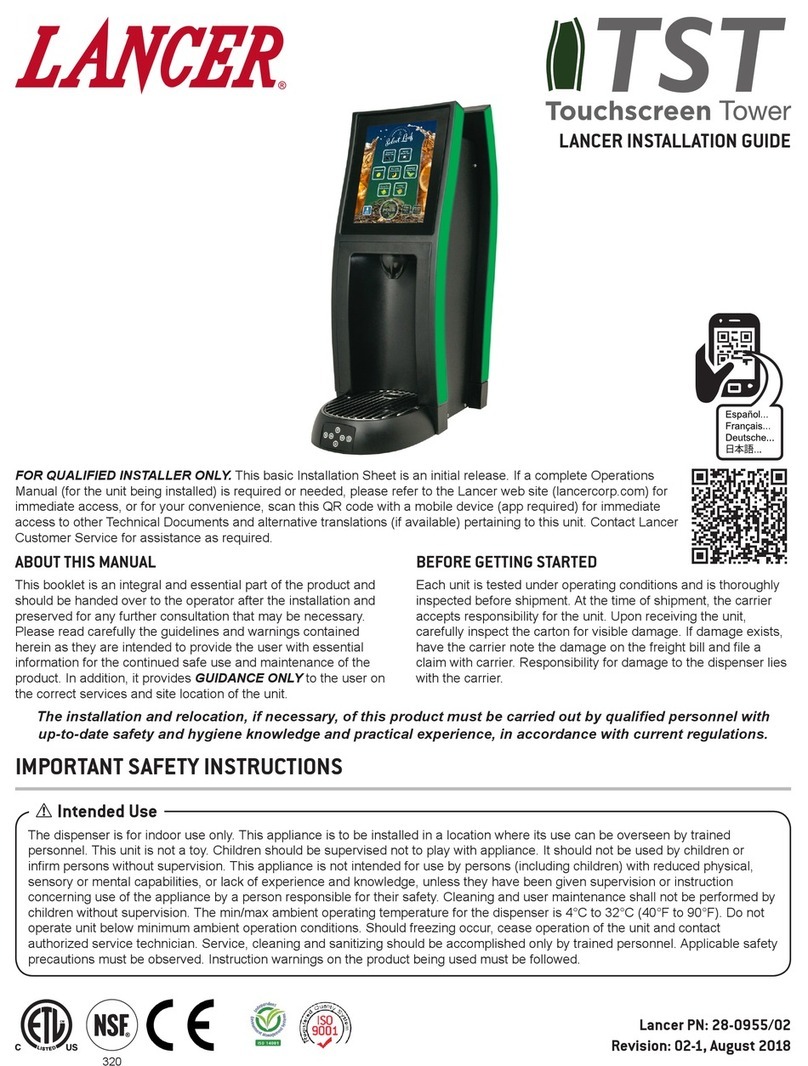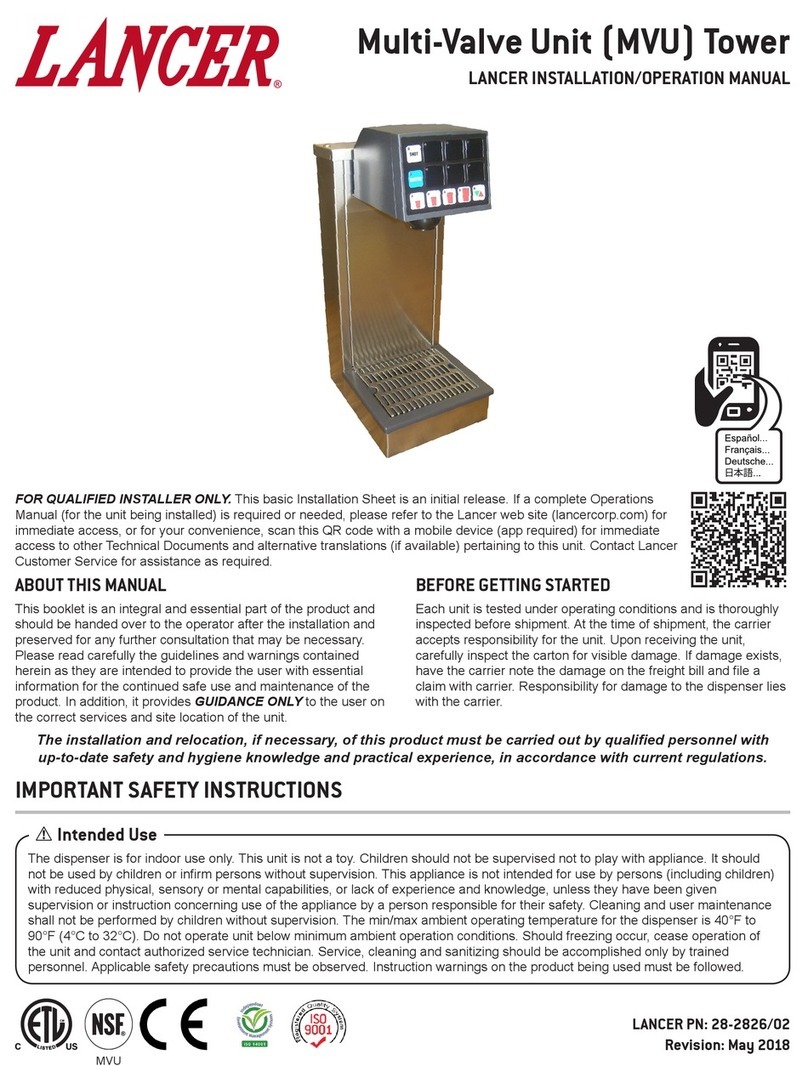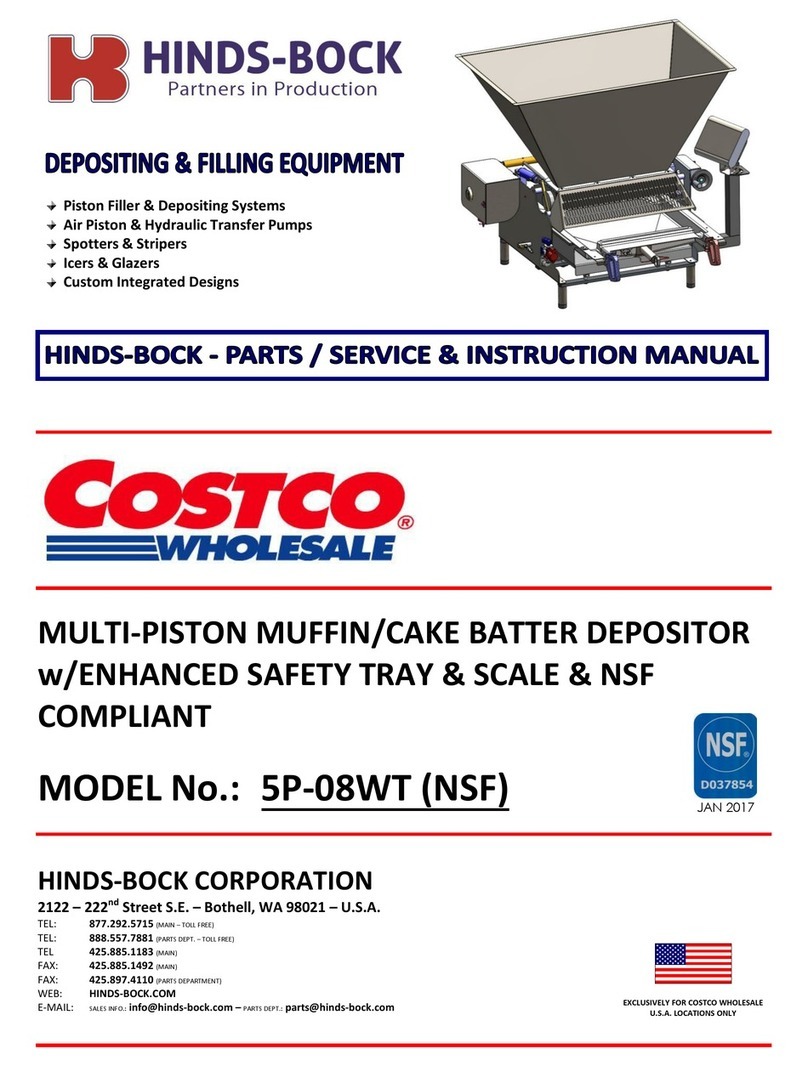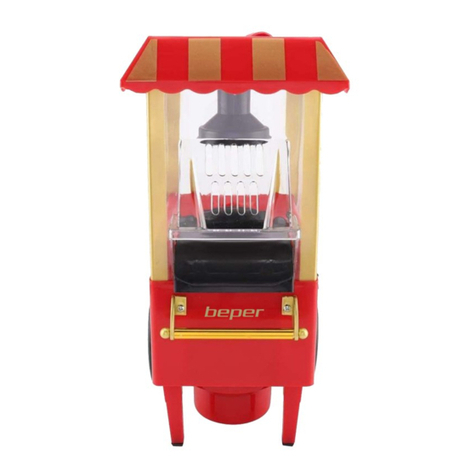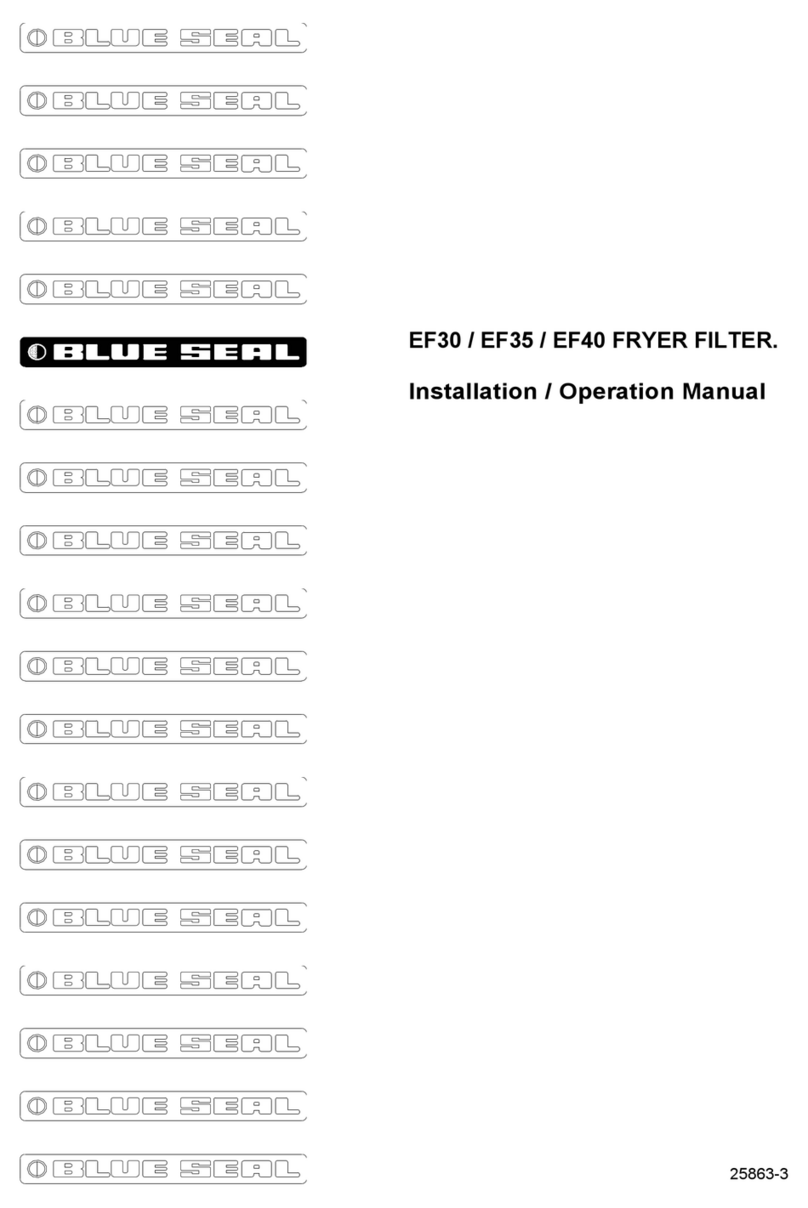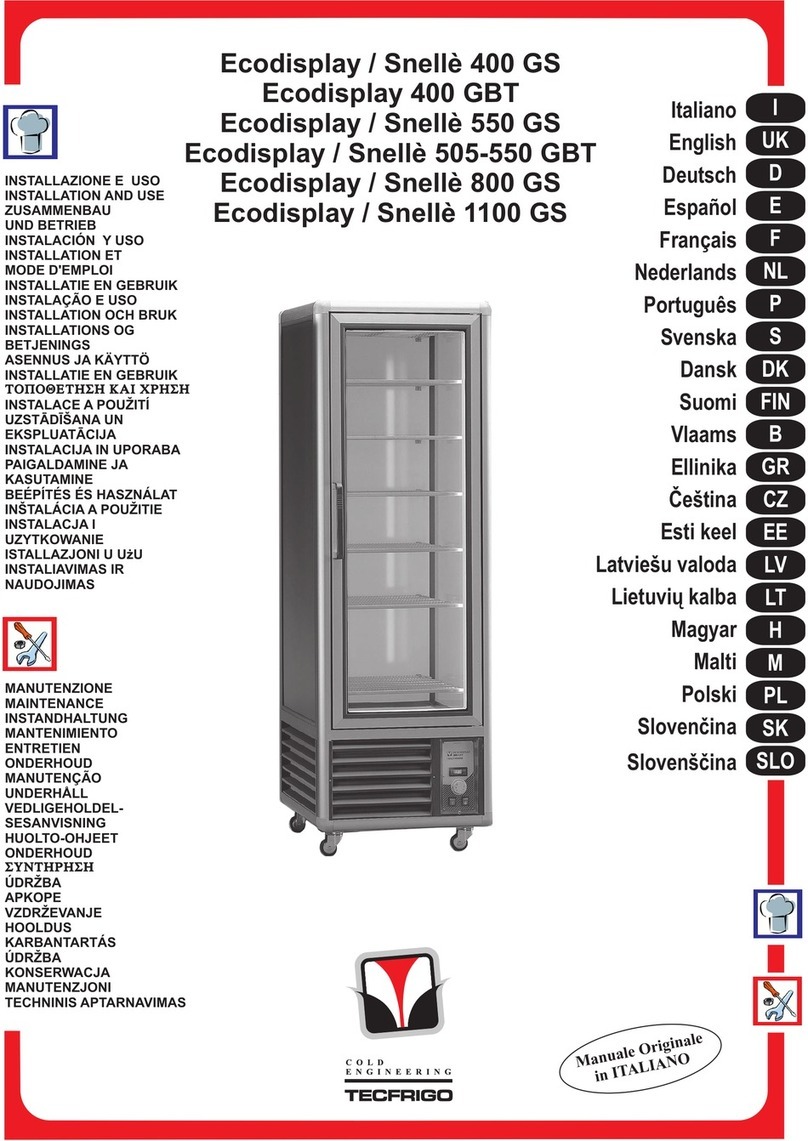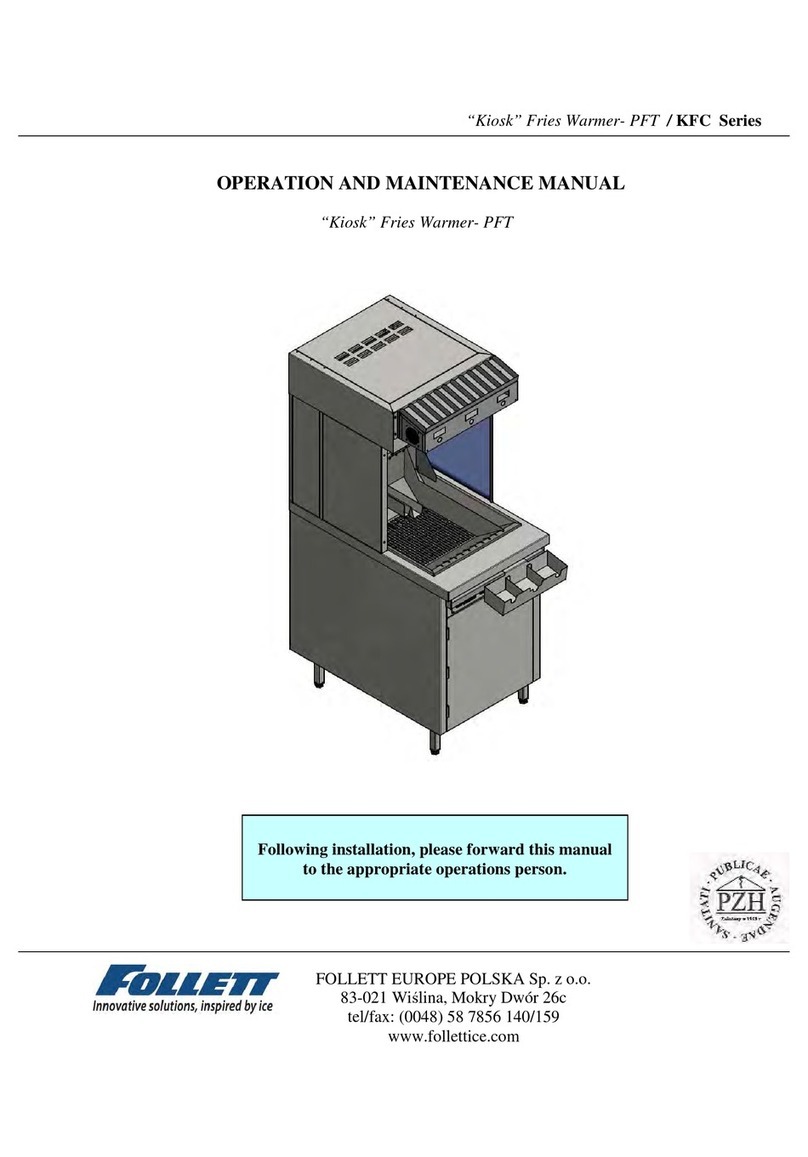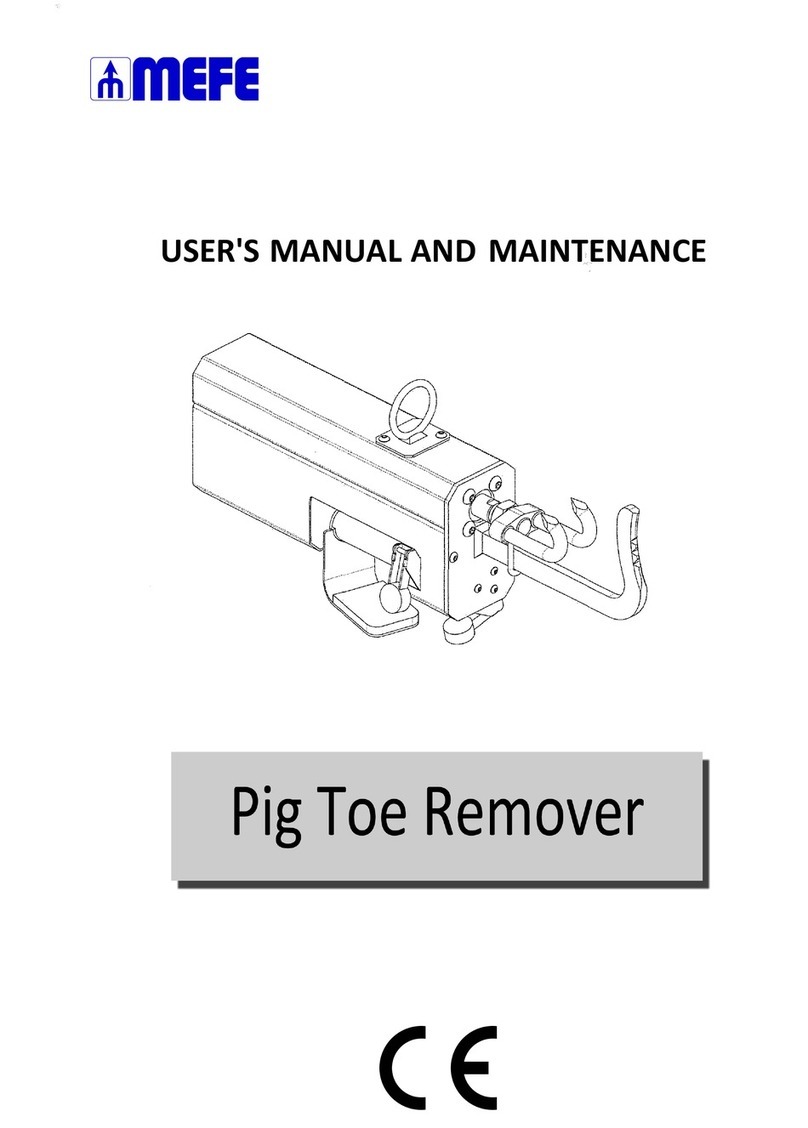
9
4. Unit may be installed directly on countertop or on legs. If
installed directly on the counter, unit must be sealed to the
countertop with an FDA approved sealant. If an icemaker is
to be mounted on top of dispenser, do not install dispenser
on legs.
In order to facilitate proper dispenser drainage, ensure
that the dispenser is level, front to back and side to
side. Place a level on the top of the rear edge of the
dispenser. The bubble must settle between the level
lines. Repeat this procedure for the remaining three
sides. Adjust as necessary. For optimum performance
place the unit at a 0° tilt. The maximum tilt is 5°.
Leveling the Dispenser
To assure that beverage service is accessible to all
customers, Lancer recommends that counter height
and equipment selection be planned carefully. The
2010 ADA Standards for Accessible Design states that
the maximum reach height from the floor should be no
more than 48” if touch point is less than 10” from the
front of the counter, or a maximum of 46” if the touch
point is more than 10” and less than 27” from the
front of the counter. For more information about the
customer’s legal requirements for the accessibility of
installed equipment, refer to 2010 ADA Standards for
Accessible Design - http://www.ada.gov.
NOTE
Afin de faciliter une vidange complète, assurez-vous
que l’appareil est de niveau sur les axes avant arrière et
gauche droit. Placez un niveau sur le bord arrière de la
distributrice. La bulle doit se situer entre les deux lignes.
Répétez la procédure sur les trois autres côtés. Ajustez
le niveau de l’appareil si nécessaire. Pour un résultat
maximal, réglez l’inclinaison à 0°. L’inclinaison maximale
est de 5°.
Mise à niveau de la distributrice
Pour s’assurer que le service de boissons est accessible
à tous les clients, Lancer recommande que la hauteur du
comptoir et la sélection de l’équipement soient planifiées
avec soin. Les normes 2010 de l’ADA pour la conception
accessible stipulent que la hauteur de portée maximale
depuis le sol ne doit pas dépasser 48”si le point de
contact est à moins de 10 de l’avant du comptoir, ou un
maximum de 46”si le point de contact est plus à moins
de 10”et à moins de 27”de l’avant du comptoir. Pour
plus d’informations sur le les exigences légales du
client concernant l’accessibilité de l’équipement installé,
reportez-vous aux normes ADA 2010 pour la conception
accessible - http://www.ada.gov.
REMARQUE
NSF listed units must be sealed to the counter or use
legs provided.
NOTE
Les unités répertoriées NSF doivent être scellées au
comptoir ou utiliser les pieds fournis.
REMARQUE
5. Select a location for the remote pump deck, syrup
pumps, CO2tank, syrup containers, and water filter
(recommended). Please see General System Overview on
page 7 for reference.
6. Cut the necessary holes for the water, syrup, and CO2lines
in the designated countertop location for the dispenser.
Selecting/Preparing a Counter Location
The dispenser should only be installed in a location
where it can be overseen by trained personnel, and it
should never be installed in an area where a waterjet
can be used.
NOTE
1. Select a levelled, well ventilated location that is in close
proximity to a properly grounded electrical outlet, within
five (5) feet (1.5 m) of a drain, a water supply that meets the
requirements shown in the Specifications section found on
page 6, and away from direct sunlight or overhead lighting.
2. Sufficient clearance must be provided, if an ice maker is not
installed, to allow filling ice compartment from a five gallon
bucket (a minimum of 16 inches [40.6 cm] is recommended).
3. The selected location should be able to support the weight
of the dispenser, ice and possibly an icemaker being
installed after counter cut out is made. Total weight (with
icemaker) for this unit could exceed 800 pounds (363.6 kg).
Le distributeur de boissons ne doit être installé qu’à un
endroit où il peut être surveillé par du personnel qualifié
et ne doit jamais être installé dans une zone où un jet
d’eau peut être utilisé.
REMARQUE
Lancer does NOT recommend the use of shaved or
flake ice in the dispenser.
NOTE
Lancer ne recommande pas l’utilisation de glace pilée
ou en écailles dans le distributeur.
REMARQUE
